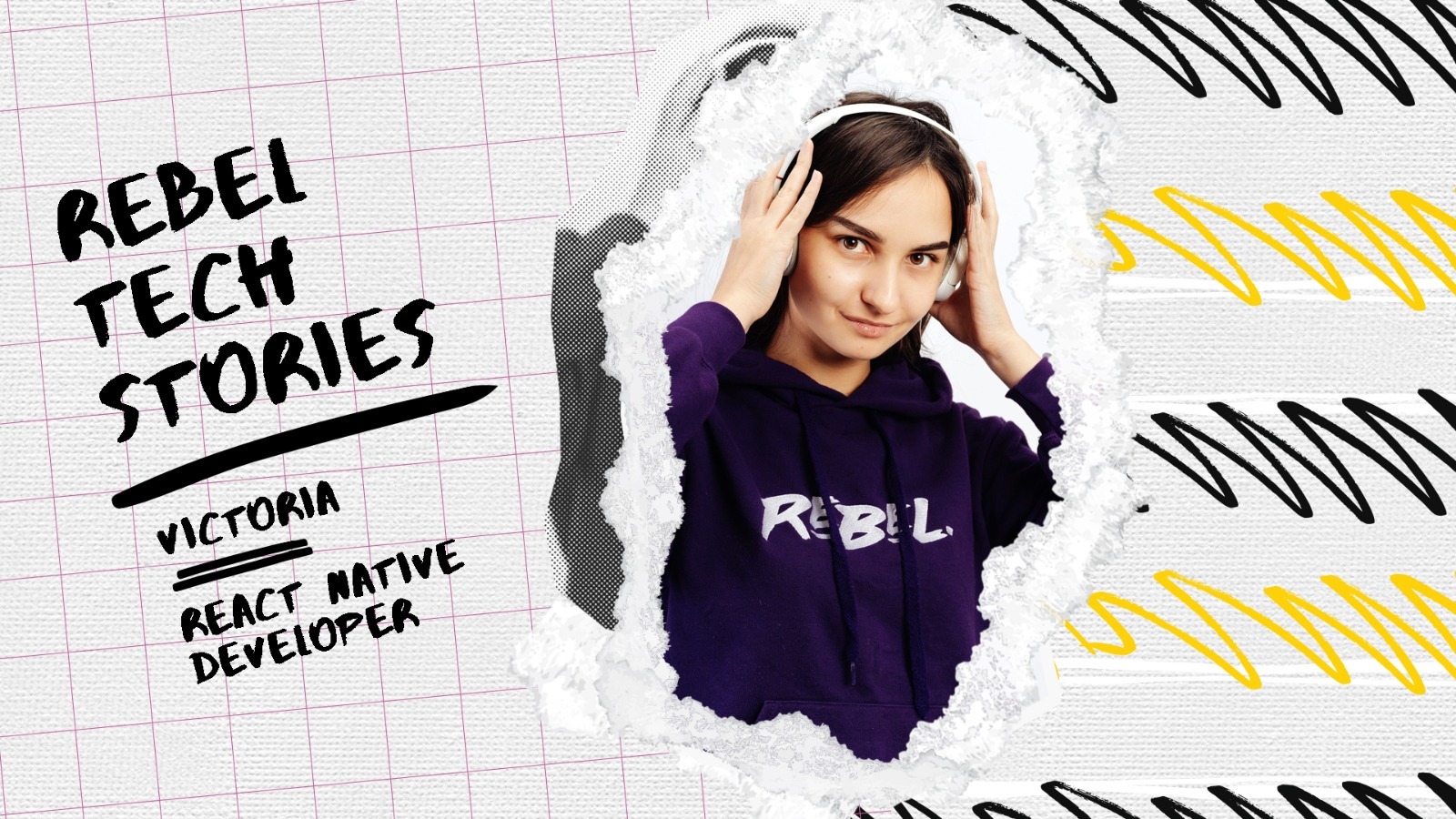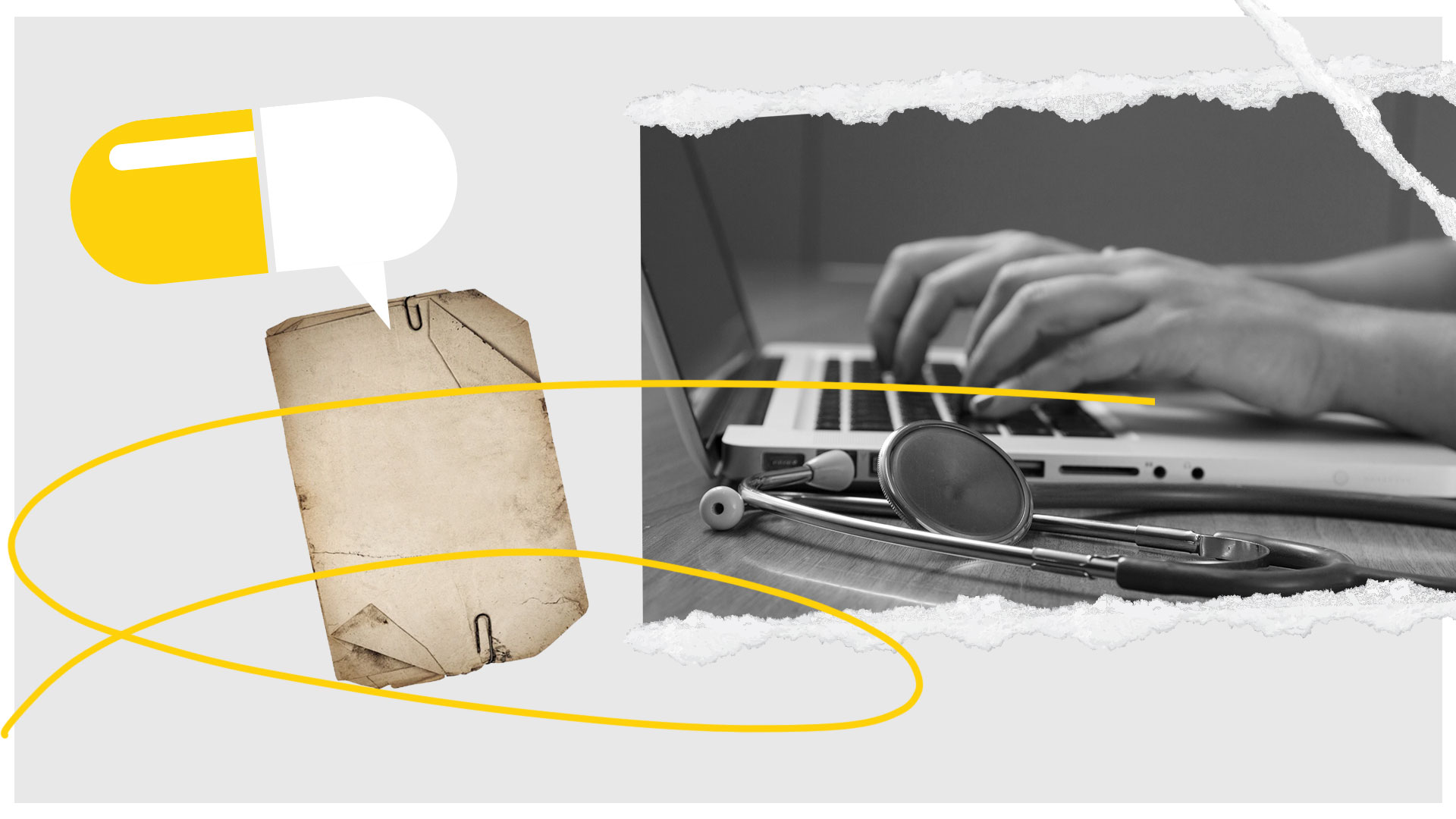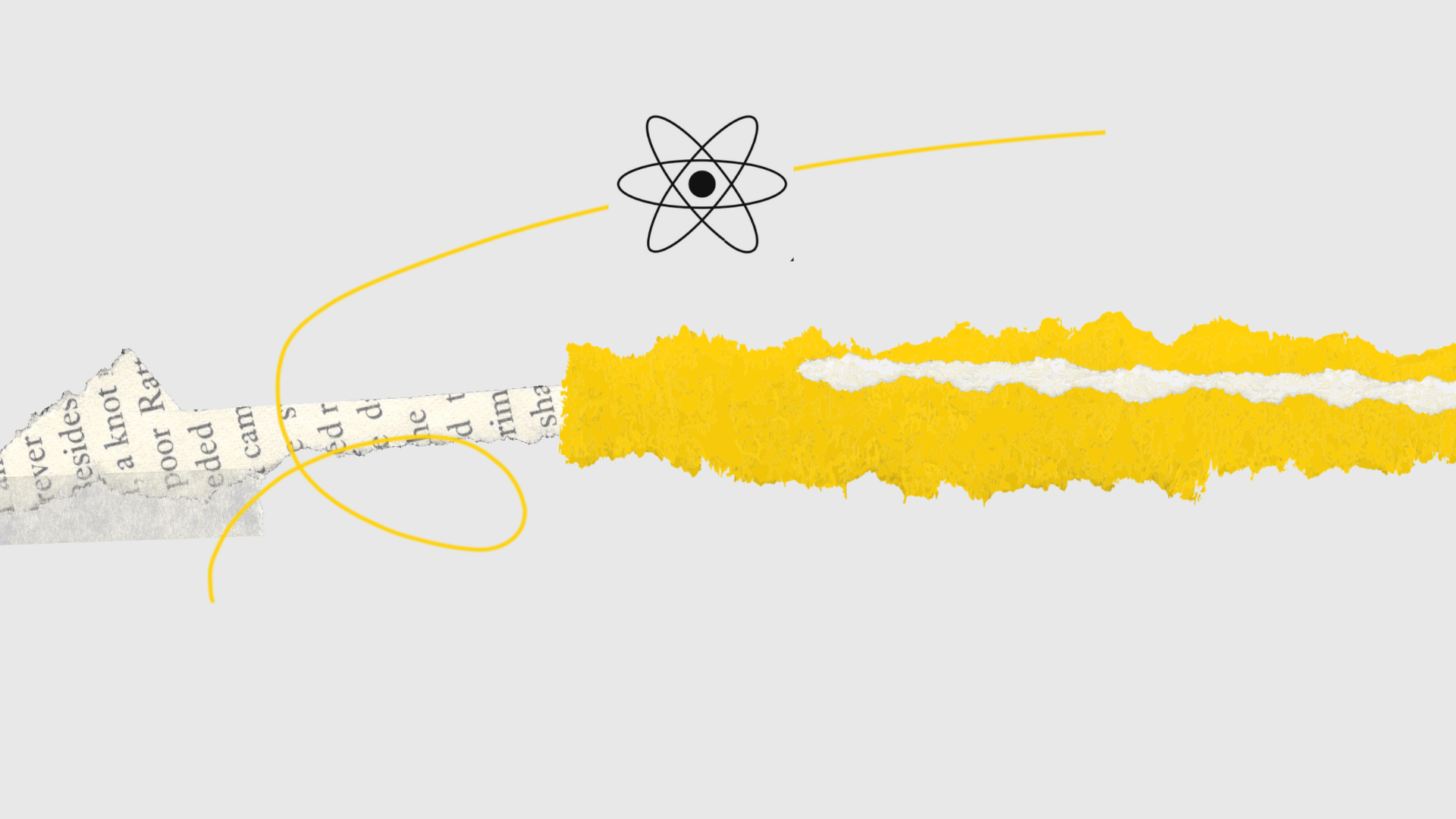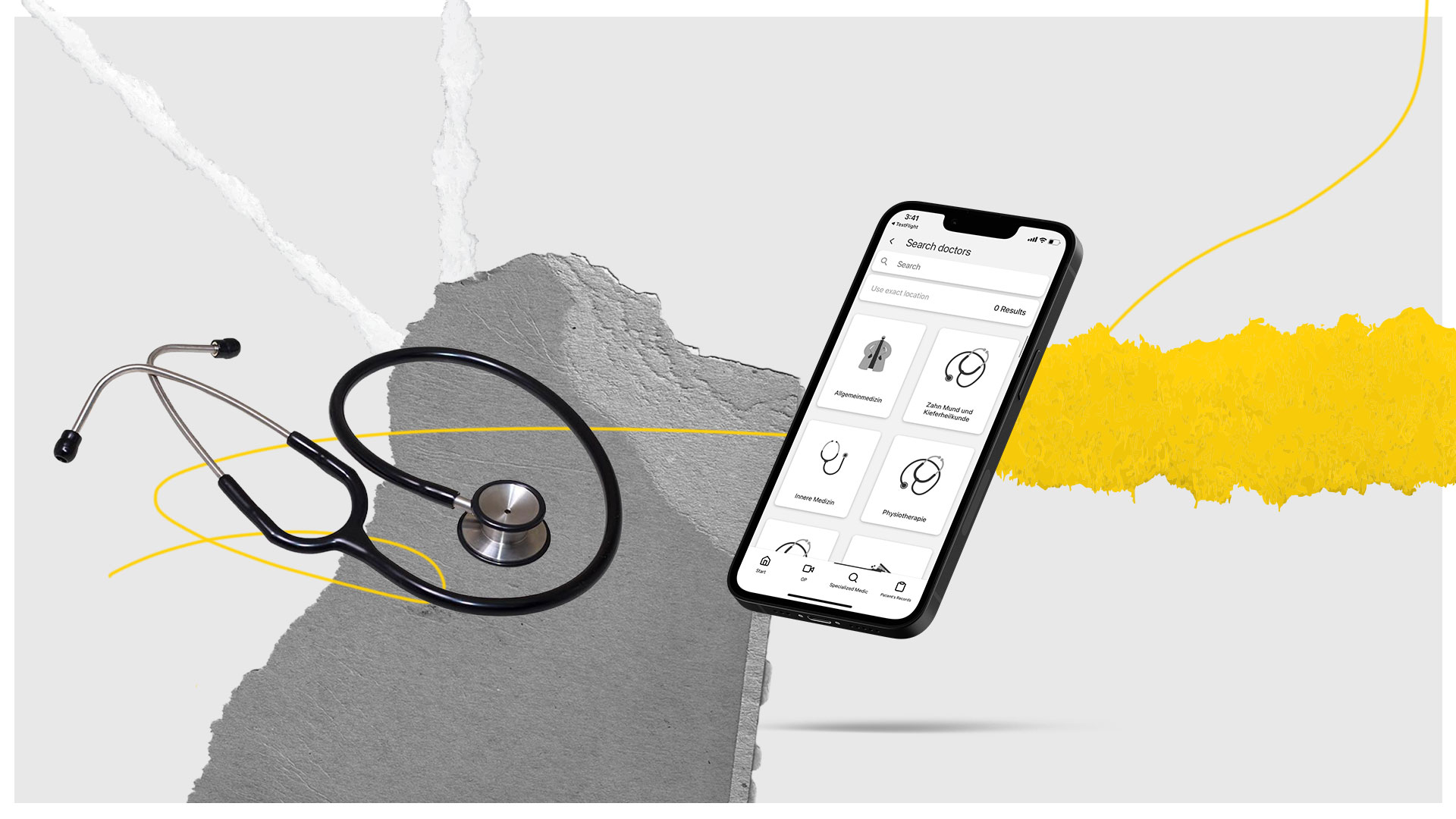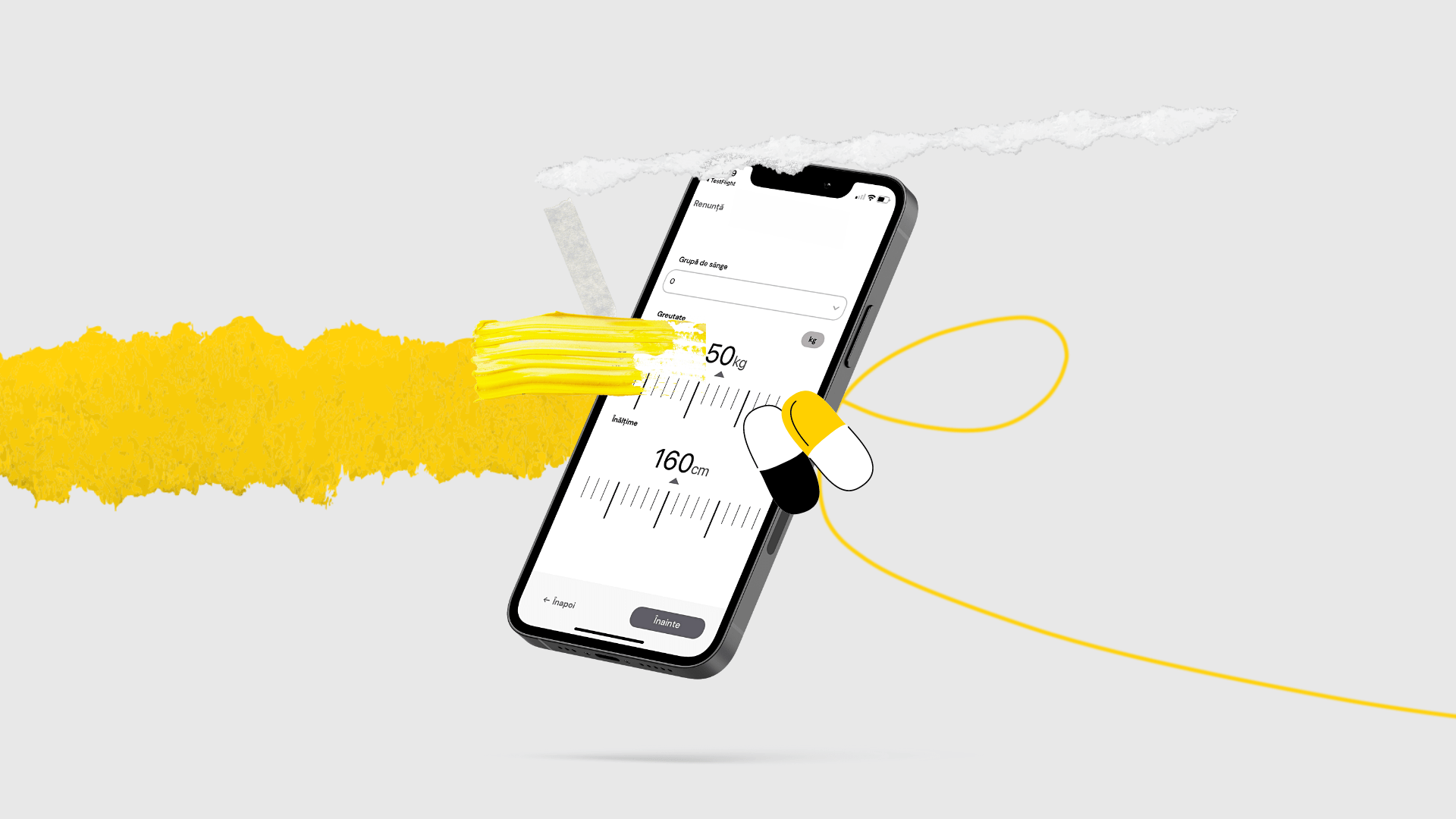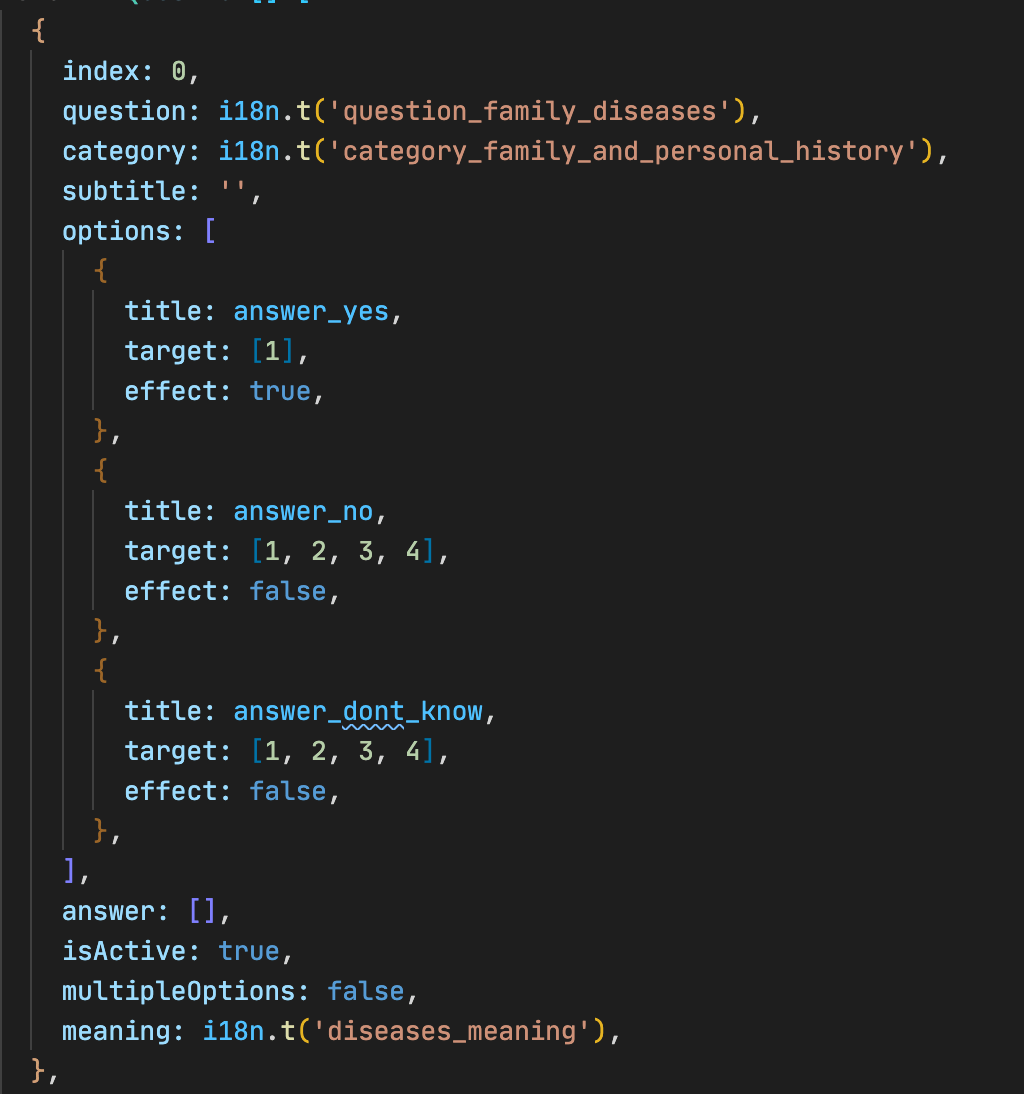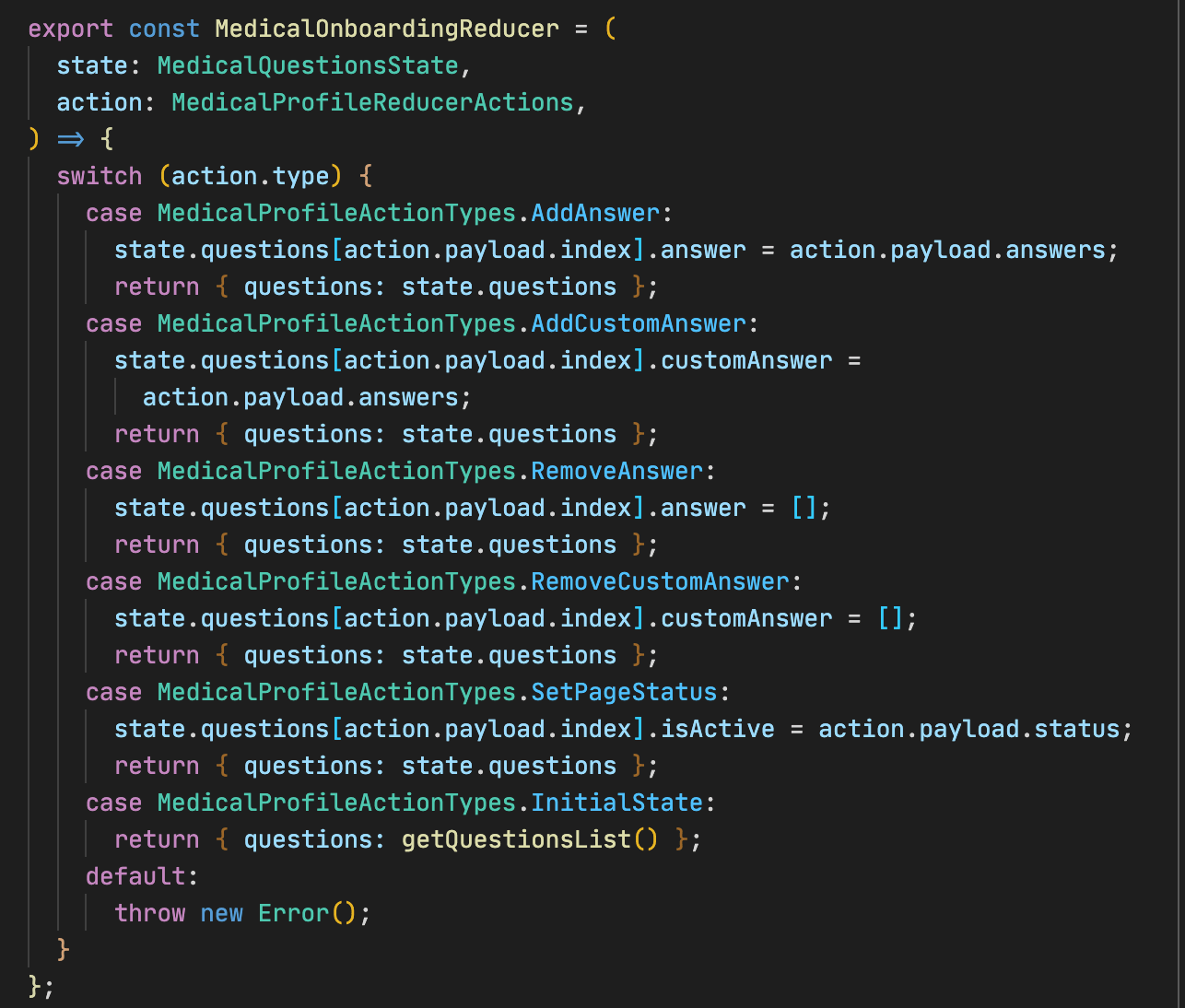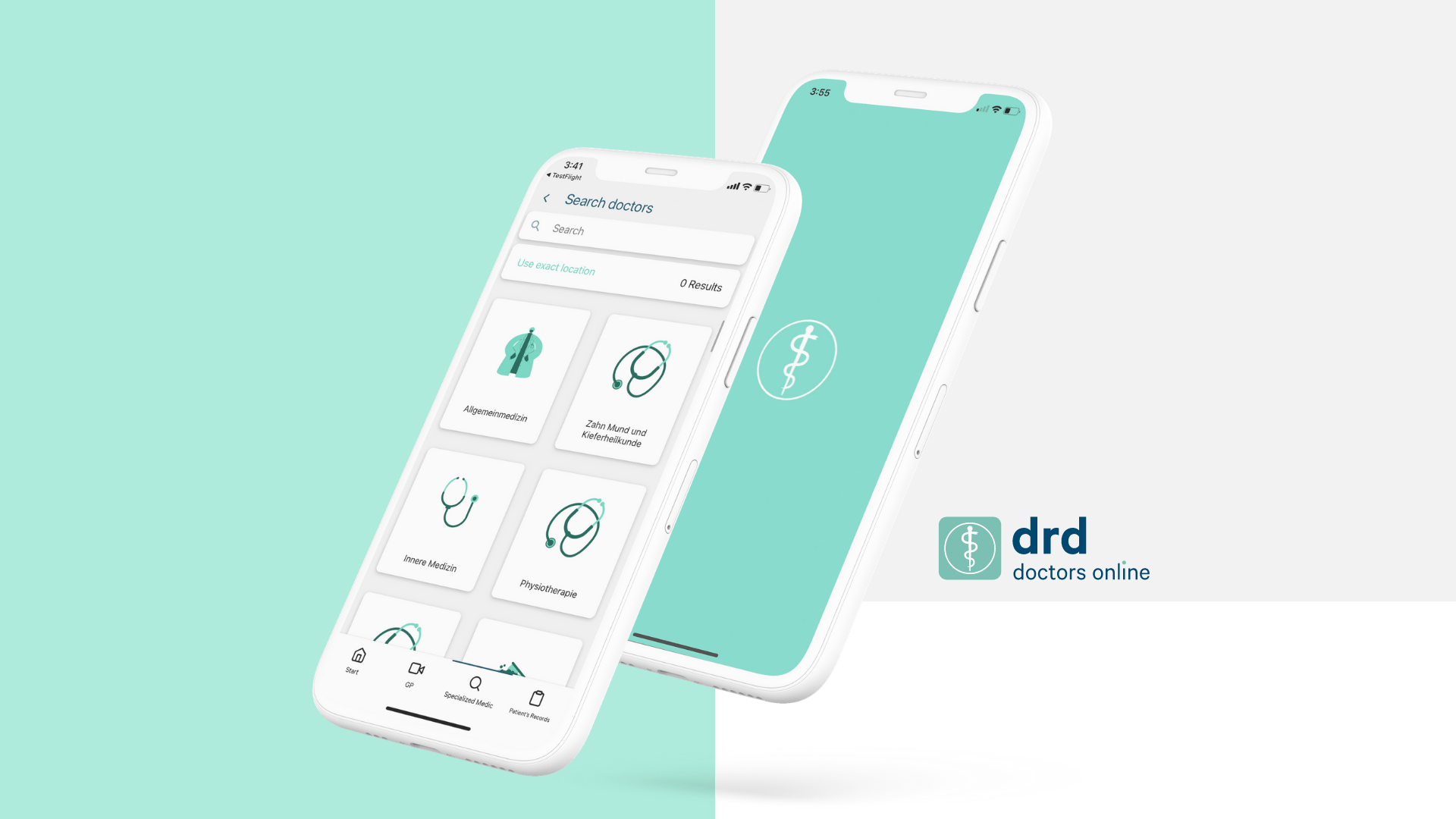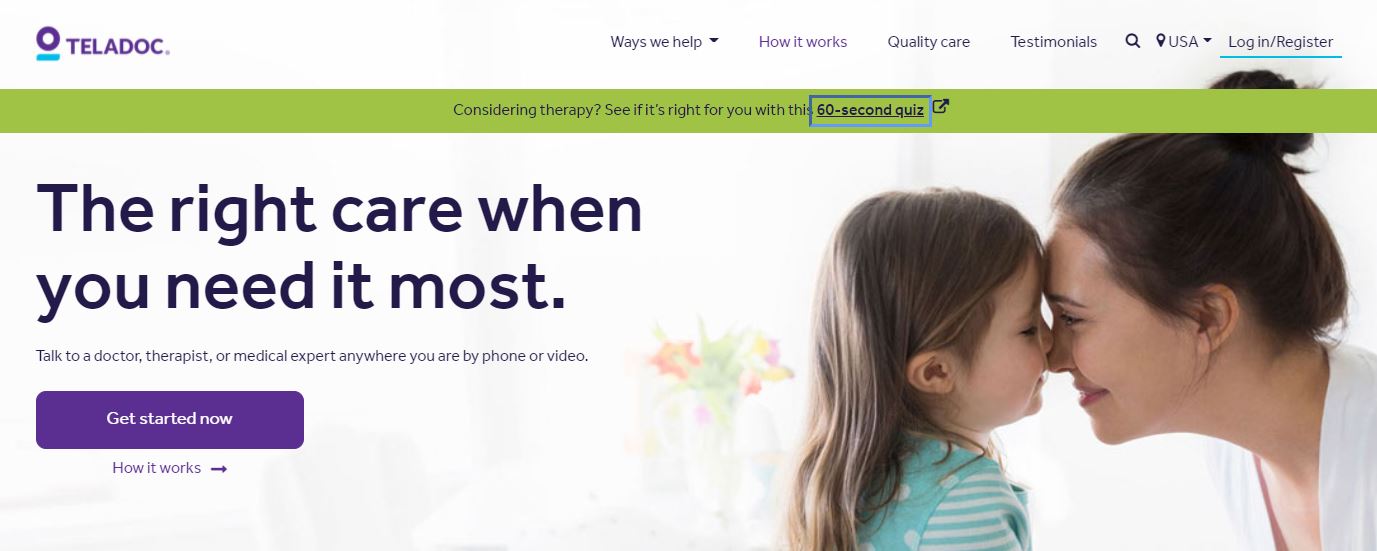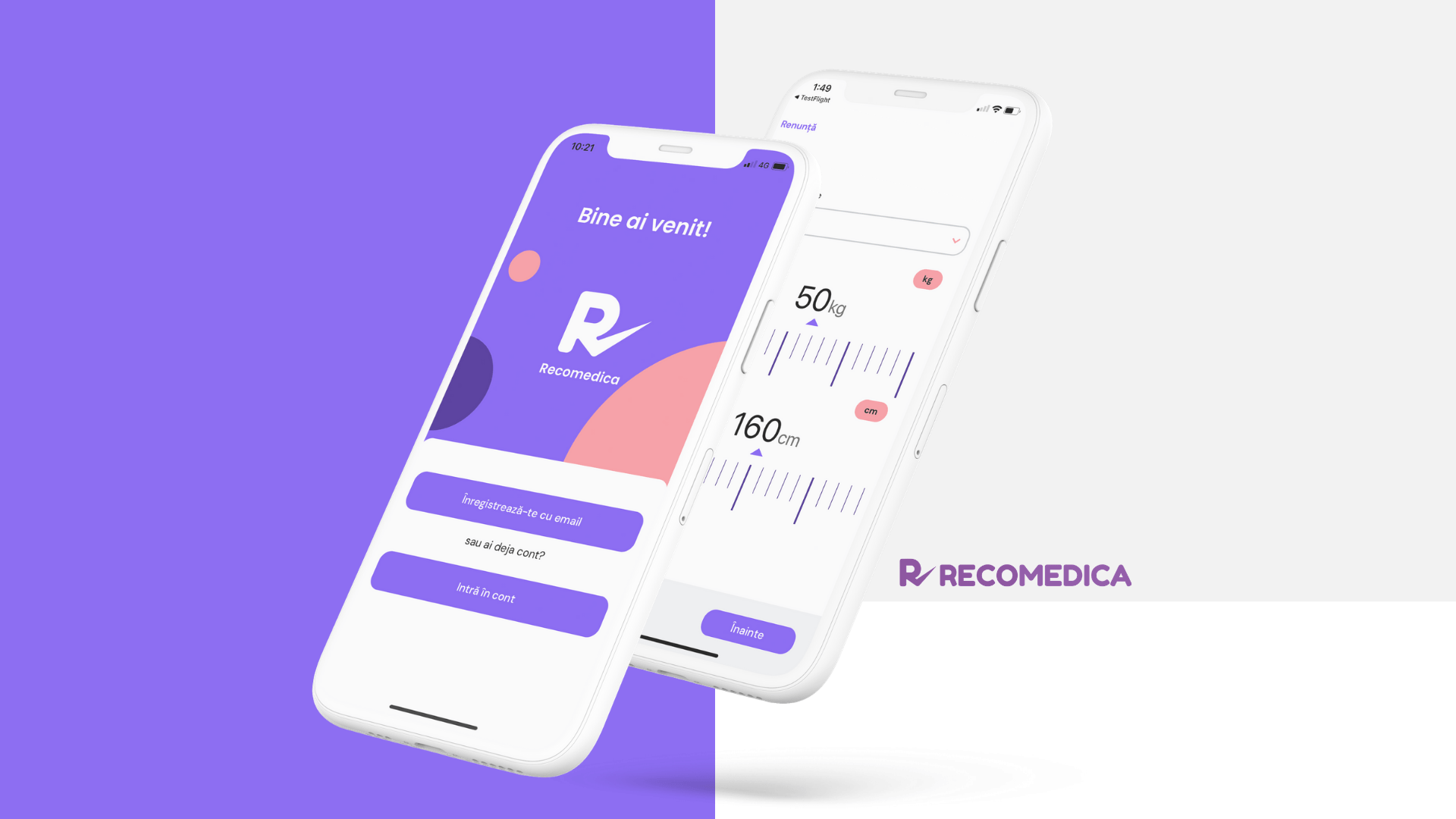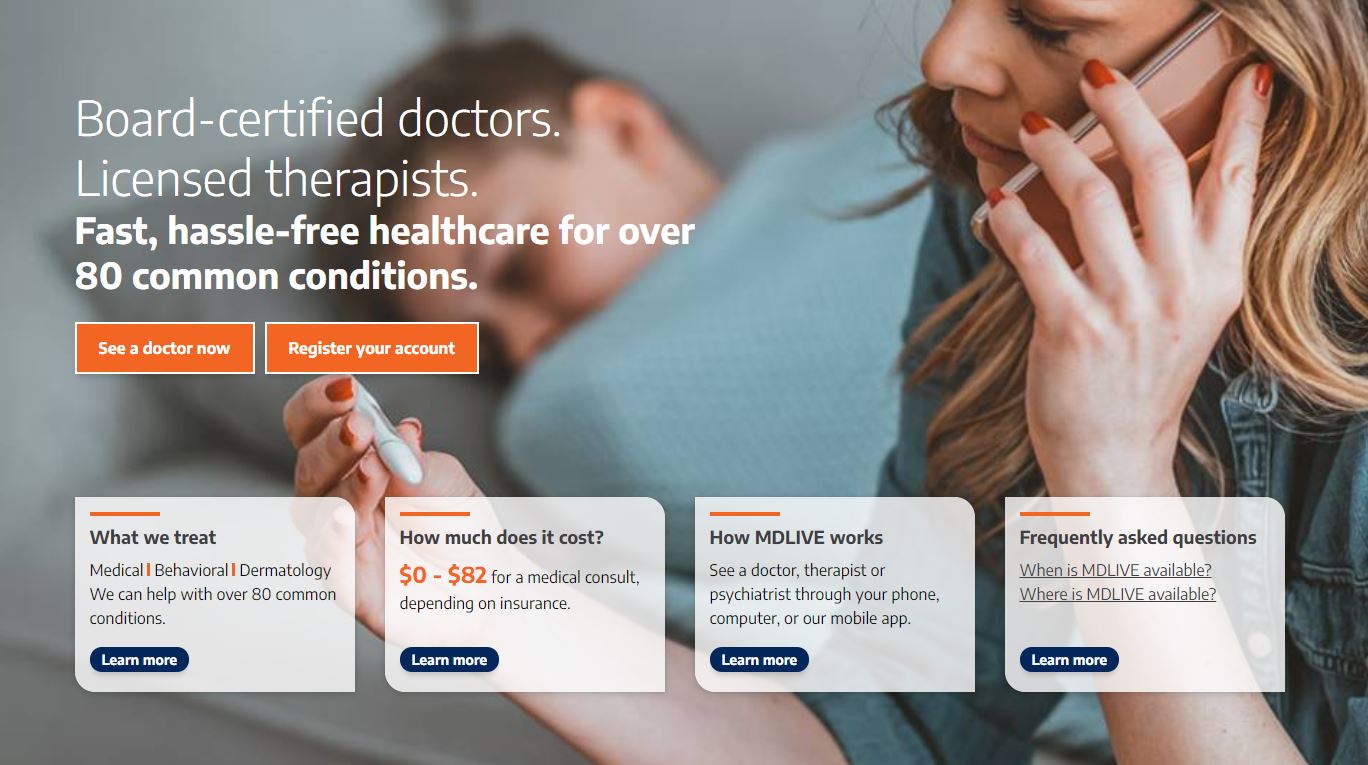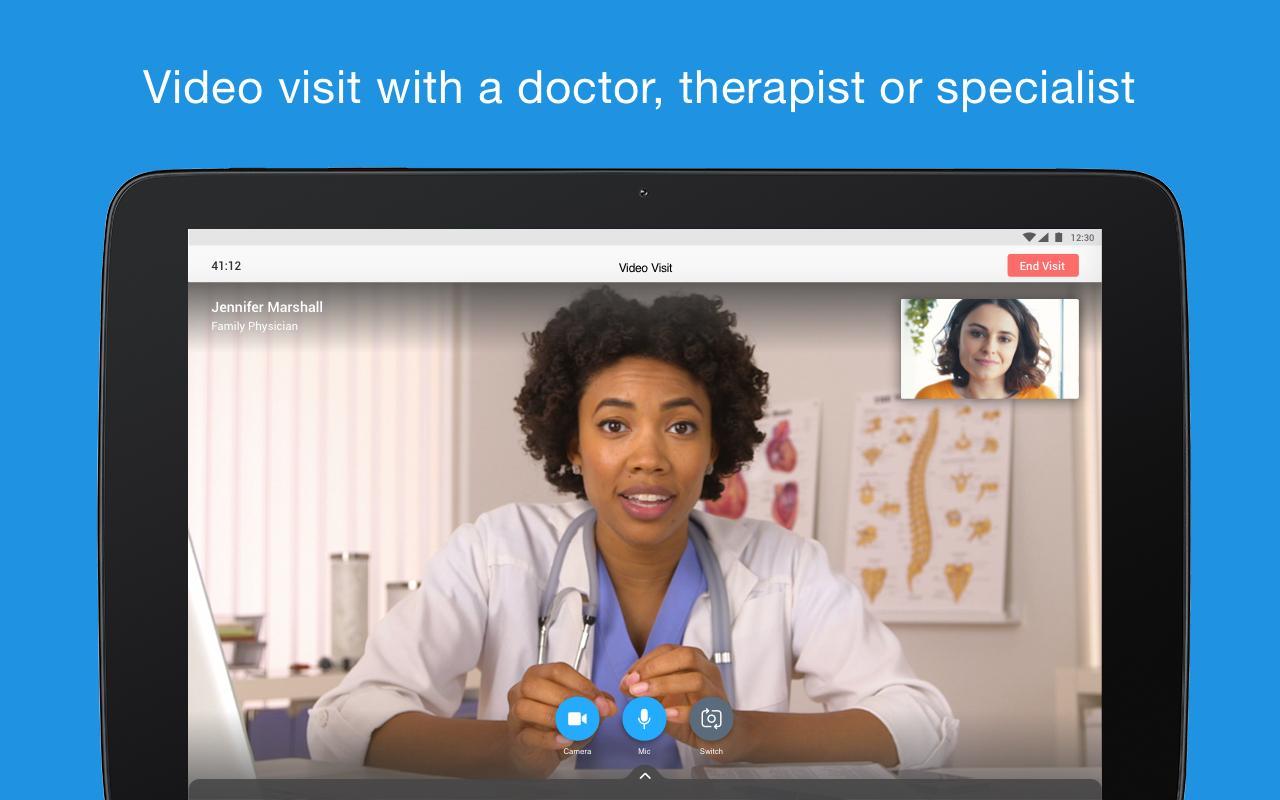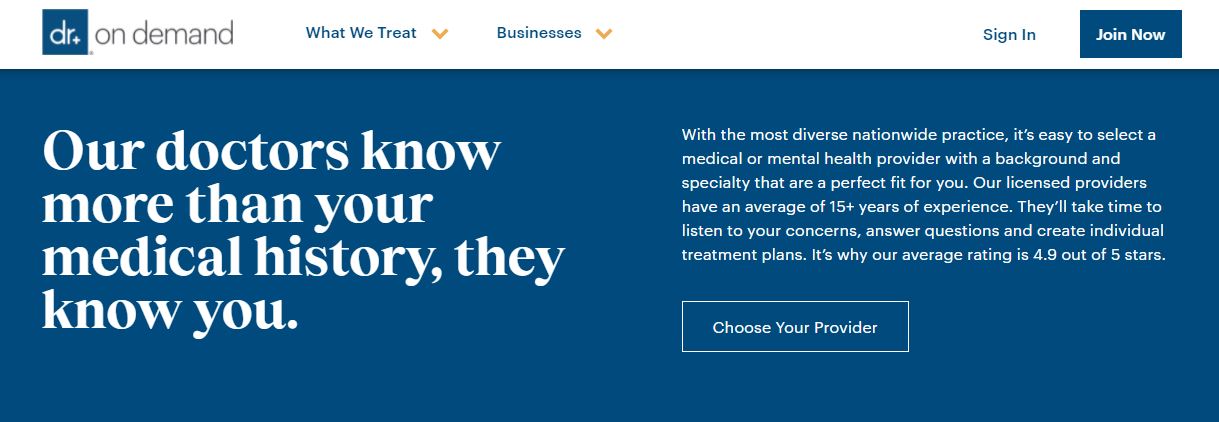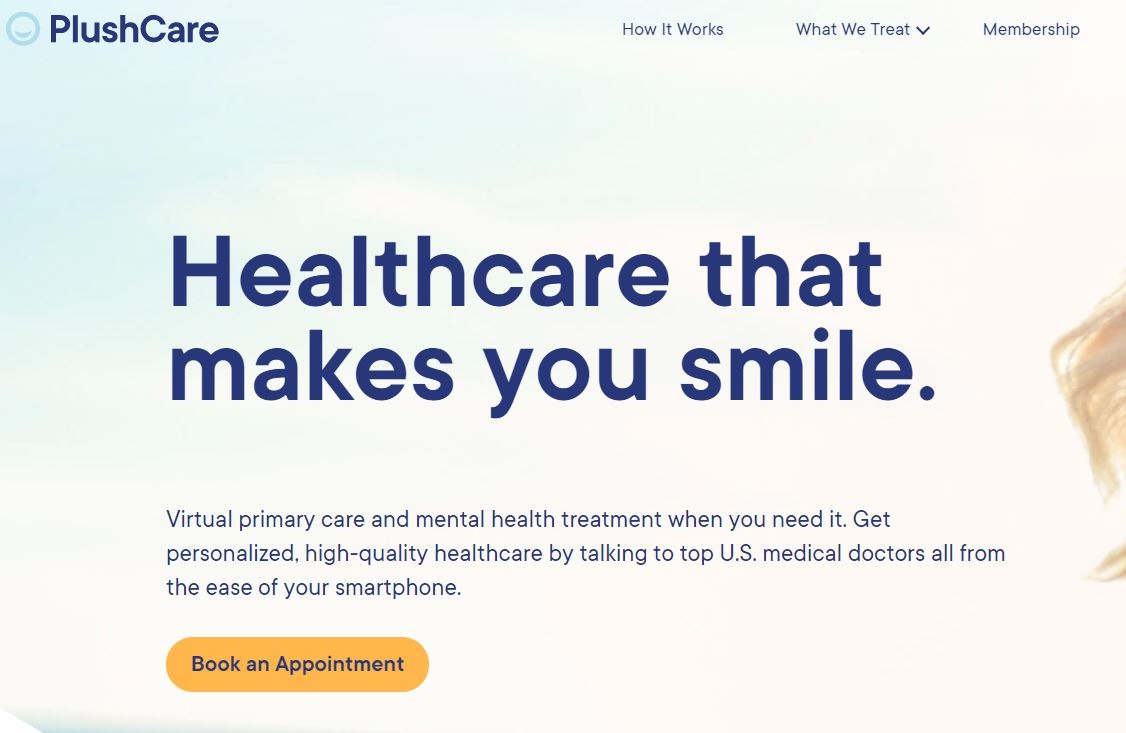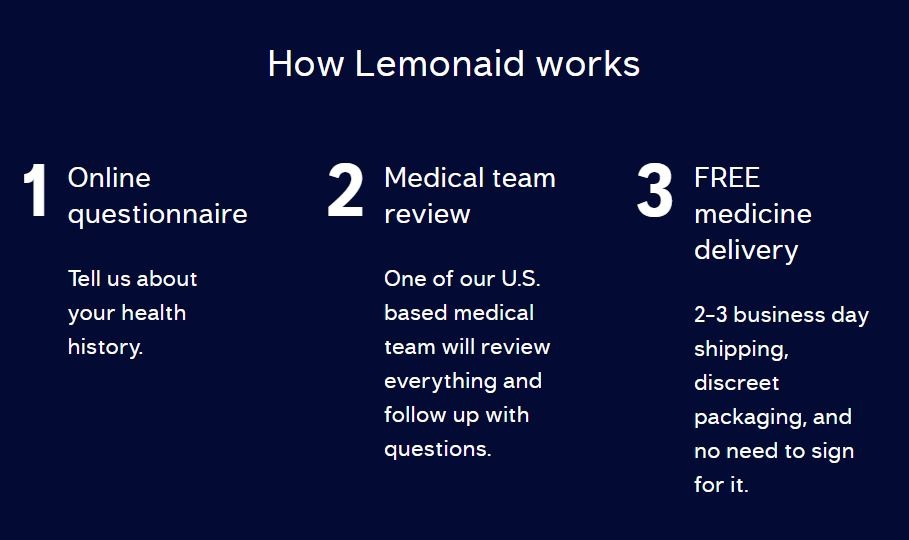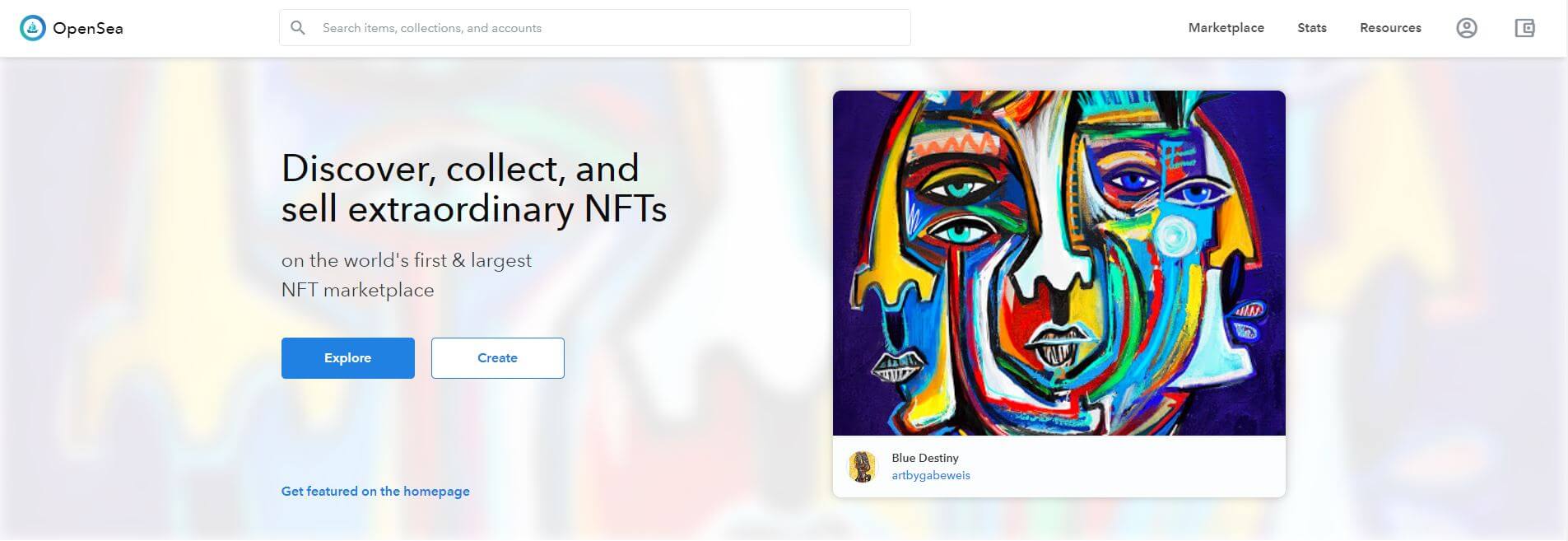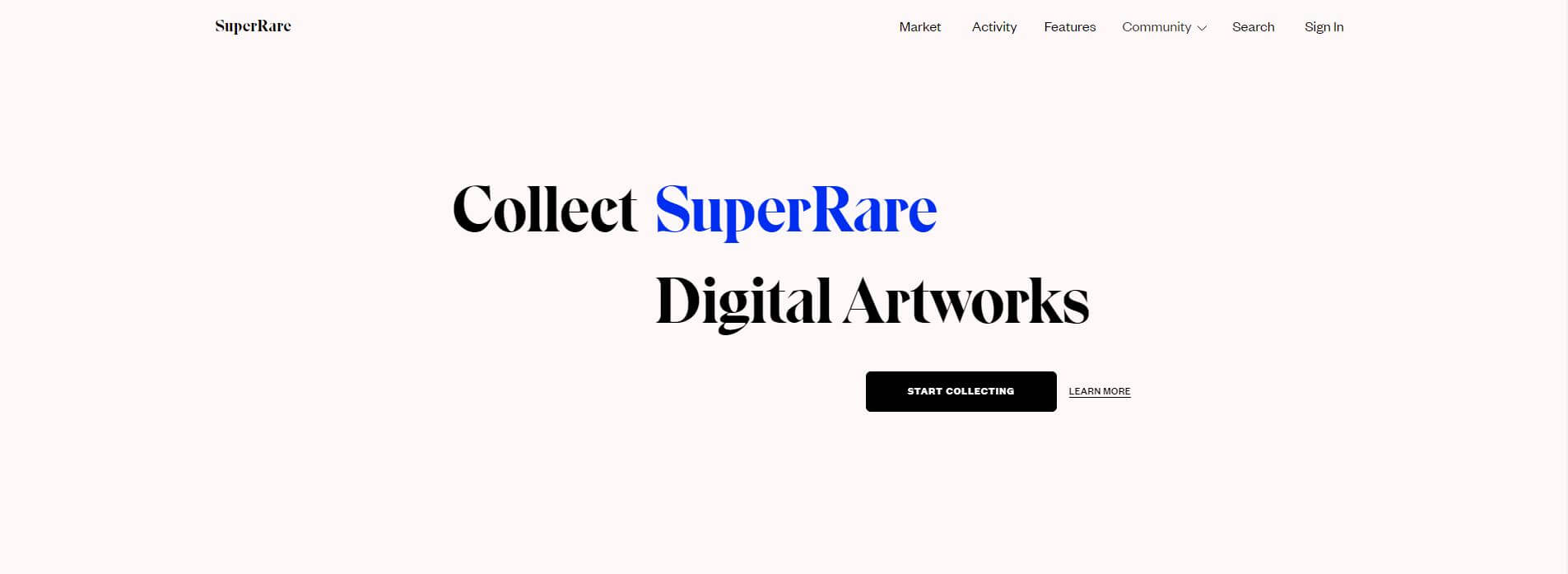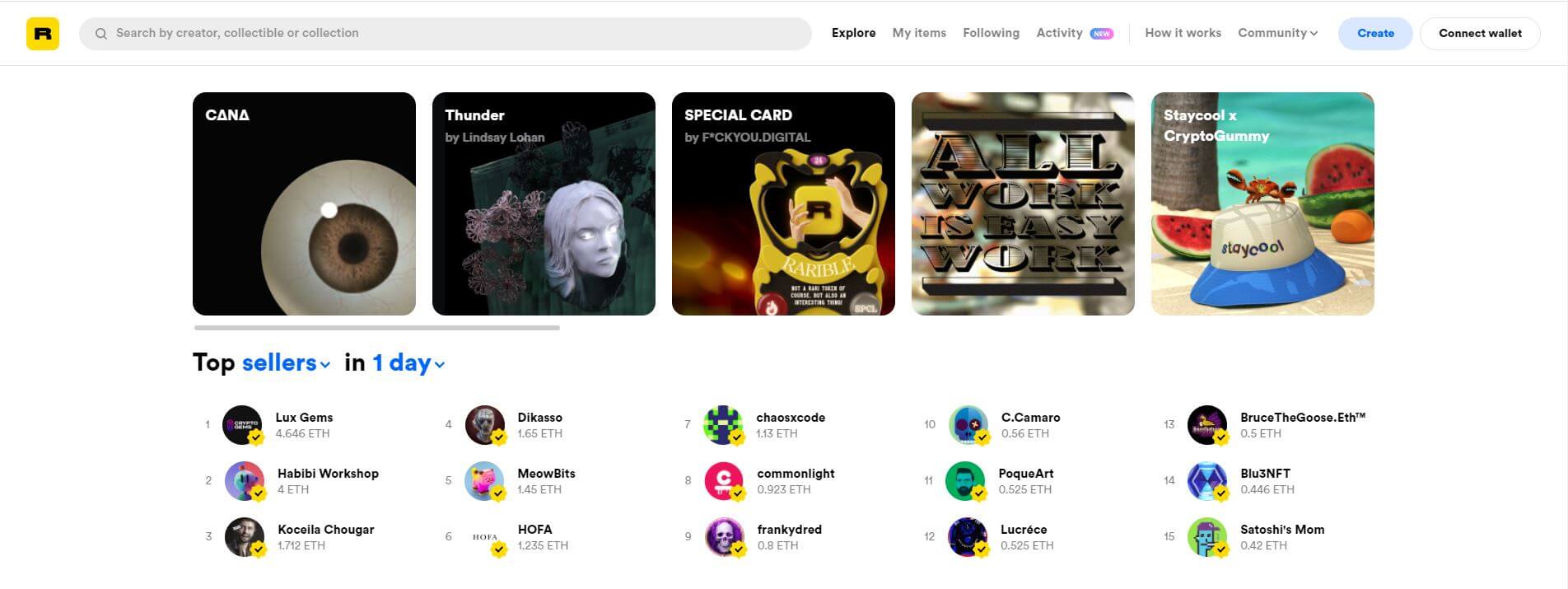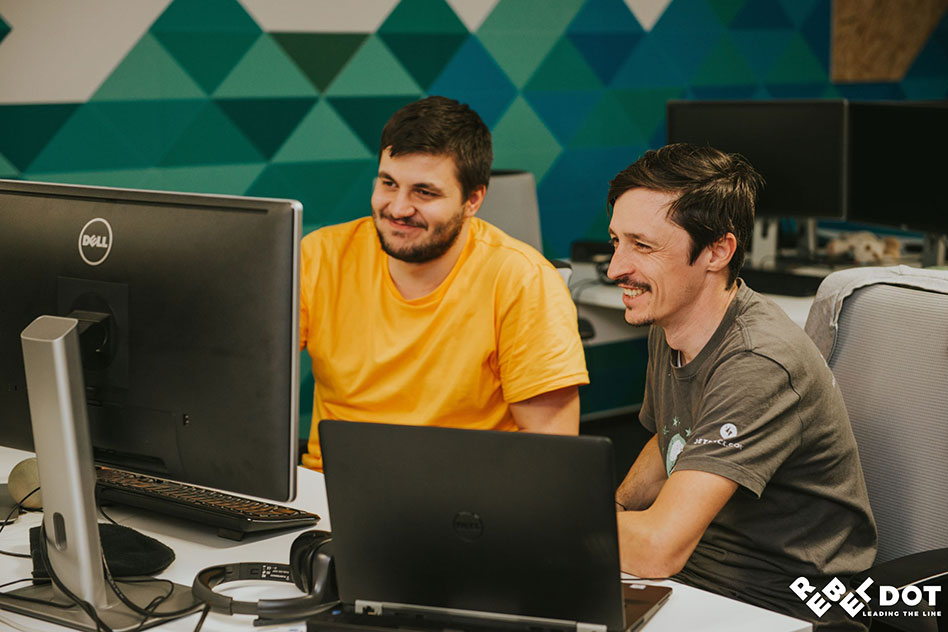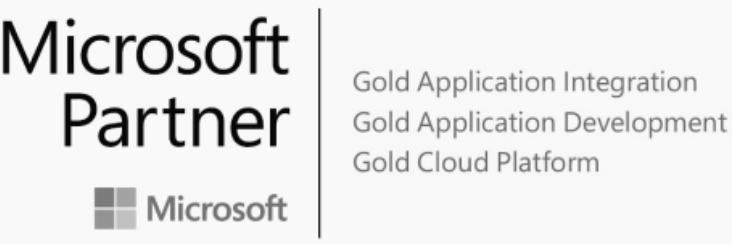We are still looking for driven and talented students to apply for our 9 week .NET/React paid internship. That’s why we figured we’d talk to Victoria, one of our very last interns who we met this summer and who became, in the meantime, an integral part of our development teams, working on a global project, with some of the latest tech.
In this article Victoria is going to talk to us about her experience as an intern at RebelDot, discussing in detail the journey she went through to land a permanent role as part of our team and work with us on developing digital products, technology solutions to current, real problems.
How did you decide to apply for an internship?
I’ve started applying for internships ever since my second year because I wanted to already apply most, if not all the theoretical aspects which uni has taught me. I wanted to see how things are functioning, outside university, out there in the real life.
And so I started applying in my second year, without any success, only to carry on with my efforts in my 3rd year of studies.
I took on this quest and started looking for different opportunities and collectives until I found one that I genuinely liked. And who liked me too.
That’s how I got into RebelDot. 😊
Did you know from before the kind of company you wanted to work in?
To be honest, I was super confused, I didn’t really know what to expect.. I have never worked before, until this last summer and I didn’t know how life was going to be outside university, not just work-life..
I didn’t have any specific expectations or super vivid scenarios. I just knew I wanted to resonate with the vibe of the company and to simply get along with the people in there.
Do you remember what the internship application process was like at RebelDot?
The very first interview I’ve had was with Oana, one of our People and Culture specialists. I remember that it was a very casual conversation, the kind of talk that makes you feel you had known that person since way back.
I got to have a glimpse into how the culture was like at RebelDot, hear more about the project that we were going to work on and.. Make a new friend, actually.
After that I had the technical interview with Andrei one of RebelDot’s team leads, who made me feel super comfortable, even though it was a rather techy interview to which I didn’t know some of the answers..
He managed to not make me feel frustrated for not knowing, but instead directed the whole conversation in such way so that I could figure out the answers myself.
Which was quite motivating and comforting. Especially as a first impression.
What was your first impression of RebelDot?
My interview with Oana was the first interaction that I had with RebelDot, so to speak.
I guess I made a more objective opinion after the interview with Andrei. By then, I’ve had the chance to have talked to 2 people already who validated my impression – the fact that there is a chill vibe in this company, the kind of ambiance that makes me feel comfortable and relaxed.
I got the sense that people are motivated to build amazing technology, but more than that, to care for each other and build meaningful relationships. I liked it. I felt like I belong to this culture.
What made you choose RebelDot?
Leaving aside the reasons I’ve previously mentioned, another one would be the opportunity to work with React Native. That’s something that I wanted very much and that was not possible in other companies as an intern, for some reason.
Do you remember how you found out about the internship at RebelDot?
I have heard of RebelDot before through my colleagues who have already applied for some of the internship opportunities. Most of them told me that the technical test was fairly difficult and that they only got negative answers.
I guess this is something that intrigued me. I took it as a challenge, knowing that RebelDot, as open as it is, wasn’t really a place for everyone.
In terms of technical details, were there other reasons why you accepted the offer from RebelDot?
I knew we were going to work on a real project. We were told that there was a training that we had to go through, which got me super excited because, although I really wanted to work with React Native, until that moment I have never had the chance to.
Having studied mostly Java in university I figured maybe it was the time I’d learn something new, especially if I was offered a training opportunity. After I saw the RebelDot opening for the React Native Internship I told myself “that’s gotta be a sign”.
Do you remember your first week of internship at RebelDot?
Definitely. The first week was super fun and I was fortunate to already have some “friends” in the group that I was part of. Oana and Andrei.
Besides them I got to meet the entire team, 17 interns, divided into 3 teams.
The first day was when we all got to know each other. We were this weird mix of people from different backgrounds and universities.
It was amazing to see how involved the senior rebels were in this project and this new collective.
Considering that they were Senior Developers or Delivery Managers, the kind of people that you’d think are super busy, it was genuinely surprising to see how dedicated they were to make us feel welcomed and comfortable and excited for what was going to follow.
Right from the start, after me and my colleagues have been allocated to the project, we benefited from close support from Andrei (Team Lead), Oana (People and Culture specialist), Iulia (People and Culture Business Partner and Tom (Head of Product Design).
They talked us through the entire product development lifecycle, which helped us get a broad perspective on what we were going to work on, as well as create a sense of informality between each other which obviously made our communication super efficient, transparent and friendly.
I could say that we were privileged to have this opportunity, but is not really a privilege because this is the way every internship unfolds at RebelDot. Which is pretty cool.
How would you summarize a day as an intern at RebelDot?
Team-work.
The most important thing I learned as an intern was team-work. In university, most of what you do as a student is then passed through different tools such as anti-plagiarism, so that your work would never be similar to what your colleagues would do. While it does make sense to some extent, I found it rather absurd and upsetting.
On the flipside, throughout my internship I had my own tasks, but also the freedom to work on the very tasks together with my colleague/s so that we’d be more efficient, but also learn from each other.
We’d spend hours in huddles and slack calls, talking and doing what is also referred to as “peer programming”.
You know what.. I’ve seen that “this meeting could’ve been an email” meme so many times, but it was just interesting to see how, in our case, the interns, the moments which brought the most value professionally, but mainly personally, were those never-ending meetings.
I mean.. that’s what crystalized our team.. constant communication helped us develop chemistry, a collaboration that resulted in quality code and an environment where you just liked being a part of.
How did having a mentor help you as an intern?
First of all, Andrei shared with us his own experience and journey. He knew how things were supposed to play out. At the beginning of each sprint, he would give us the direction, that true north, the way in which we had to manage ourselves and each other, the way we had to provide feedback and the way we had to use GitHub in order to make our work easier and more efficient, developing an objective perspective on our output.
I very much enjoyed the fact that this learning process never stopped at the work per-se. Often, there were random moments throughout the day when, if Andrei would feel like he had something insightful to tell us, he would just say it on the spot. I sensed that he was driven by an honest wish to help us develop as engineers, but mostly as people.
What skills should a student have to apply for an internship opportunity?
Technically, I’d say a solid knowledge of basic programming concepts such databases, OOP and algorithmics.
Besides, I’d recommend students to try experimenting their hard skills on a personal project so that they’d learn the basic concepts I was mentioning before by actually practicing them.
And, obviously, a strong drive to learn and be open to new technologies.
In terms of soft skills and personal qualities, what really helped me was simply being open-minded and nice to the people around me.
What does being a rebel mean to you?
Not necessarily thinking outside the box, but just thinking differently about things. Having the courage to stand out by being yourself and by engaging with people.
Do you feel like RebelDot is a place where you can be the rebel you just described?
Yes, I think it is something that happens on a daily basis. I mean we were never constrained to do things in a particular rigid way. We are encouraged to figure things by ourselves, using our own reasoning so that, in case we mess things up, our mentors would help us get back on track by perfecting our reasoning and not by blindly following some else’s way of thinking.
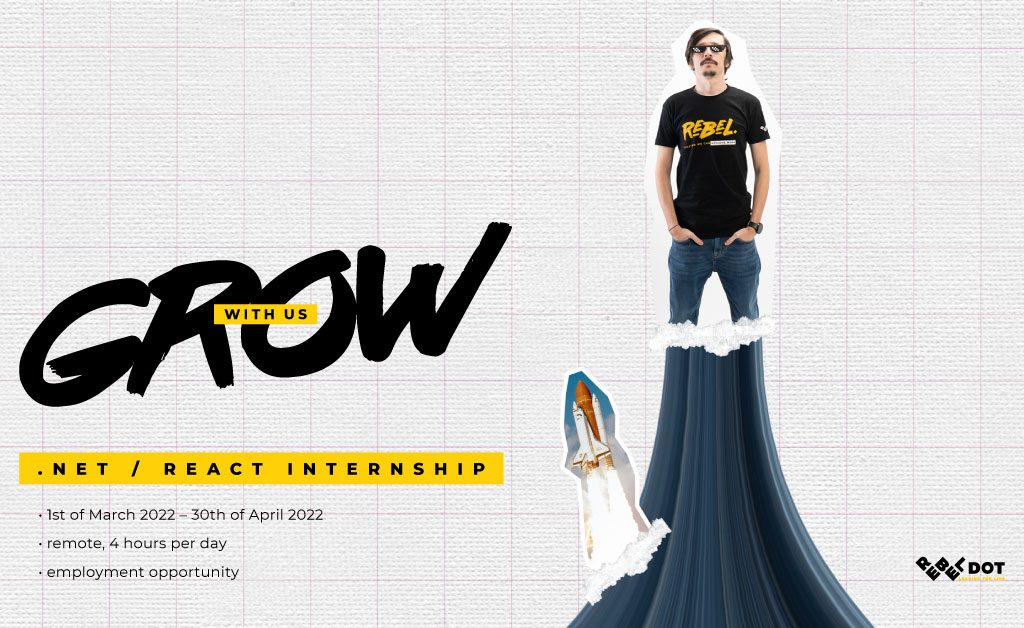
Become a part of our team!
If this sounds like the kind of team you’d want to be a part of, go apply for our latest .NET/React Internship and give it shot at becoming our next rebel colleague.
